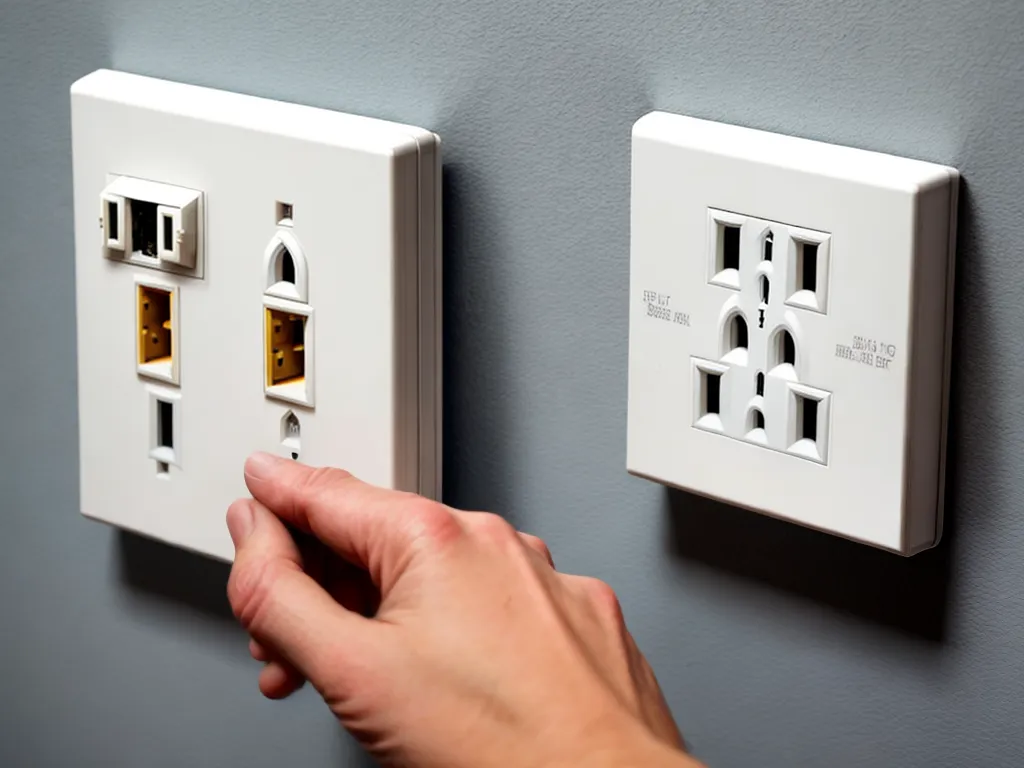
How to Safely Add Electrical Outlets Without Rewiring Your Home
Adding outlets to your home can provide convenience and increase property value. However, most homeowners are hesitant to take on electrical projects due to safety concerns. The good news is that you can safely add outlets without rewiring your entire home. Here's how to do it right.
Research Electrical Codes and Permits
Before doing any electrical work, it's important to research local building codes and permit requirements. Electrical codes exist to ensure safety, so ignoring them could put myself and my home at risk.
I should check with my local building department to find out if I need a permit for adding outlets. Permits are often required when changing wiring, but some simple outlet additions may be permit-exempt. Getting a permit will require having an electrician do the work, but it provides third-party oversight for safety.
Whether I get a permit or not, I need to follow basic electrical safety codes. The National Electrical Code (NEC) limits how many outlets can be on a single circuit. I'll need to ensure my plans don't overload any circuits.
Turn Power Off and Use Safe Precautions
Any electrical project requires safety precautions. Before wiring a new outlet, I'll turn off power at the main breaker panel. I should also use a non-contact voltage tester to double check wires are de-energized.
Working with the power off prevents electrocution. I'll keep the breaker off until the project is complete to avoid any risks of shock. It's essential I only wire and handle connections with the power shut off.
I should also wear safety glasses and avoid wearing jewelry when wiring outlets. This prevents unnecessary injuries if an accident occurs. Having good knowledge of electrical systems and components is key to safely adding outlets. If I'm uncomfortable doing it myself, hiring a professional electrician is worth the cost.
Connect New Outlets to Existing Circuits
The simplest way to add an outlet is by connecting it to an existing circuit with available capacity. This avoids running any new wiring through walls and ceilings.
I'll need to access the inside of my existing outlet electrical boxes to make the connections. With the power off, I can remove the outlet covers and unscrew the outlet from the box.
If there are unused "pigtail" wires capped off inside the box, it means the circuit has available capacity for new outlets. I can splice new wire to the pigtails and run it to the new outlet's location. Proper wire nuts and splice techniques are essential for safe connections.
I'll also need to drill holes through wall studs to route the new wire. outlet boxes, covers, and conduit fittings complete the installation. Finally, I can turn the power back on and use my new outlet!
Consider Extending Circuits or Subpanels
If existing circuits are already maxed out, I may need to extend the circuit or add a subpanel. This requires running new wires from the main panel through the house walls, which is more invasive.
Extending circuits is easiest when outlets align through walls on different levels. For example, I can tap into a basement circuit to add an outlet to the first floor. Running wire through finished walls requires cutting drywall and patching it later.
For many new outlets, a subpanel (a supplementary breaker box) can be added. This may be needed if my main panel is out of space too. Subpanels use a large gauge wire from the main panel and allow expanding capacity. Proper subpanel wiring is complex, so I may want an electrician's assistance.
Consider Alternatives to Hardwiring
If I want to avoid opening walls and electrical boxes, there are alternatives to hardwired outlets. Multi-outlet surge protectors can add plugs without wiring. I can hide their cord behind trim for a built-in look.
Another option is to install low-voltage wiring systems for outlets. These use thinner wires, similar to speaker cables, and plug into transformers. The outlets provide 12 or 24 volts power instead of 120 volts. This reduces the electrical hazard if wiring incorrectly.
These alternatives have limitations compared to hardwired outlets. However, they simplify installation and avoid altering my existing electrical system. I should evaluate whether the benefits outweigh running new 120-volt circuits.
Work Safely and Check Circuits Before Use
My final steps after adding outlets are double checking connections, closing up boxes, and testing outlets. I'll want to verify proper polarity and grounding on each new outlet. Circuit testers are handy for this.
I should also check that circuits are not over their rated amperage. Overloaded circuits can result in tripped breakers or, in worst cases, fires. It's crucial every outlet I add has adequate available amps.
For safety, I'll have repairs done by an electrician if anything seems amiss. I can also have an electrician inspect the job afterward if I'm uncertain. They can ensure it's compliant to codes.
With proper planning and safe installation practices, adding outlets and expanding capacity is achievable without rewiring an entire house. Paying attention to details and following electrical codes keeps risks low. But hiring a professional is worth it if the project is overwhelming. With patience and safety first, I can enhance my home's outlets and value.